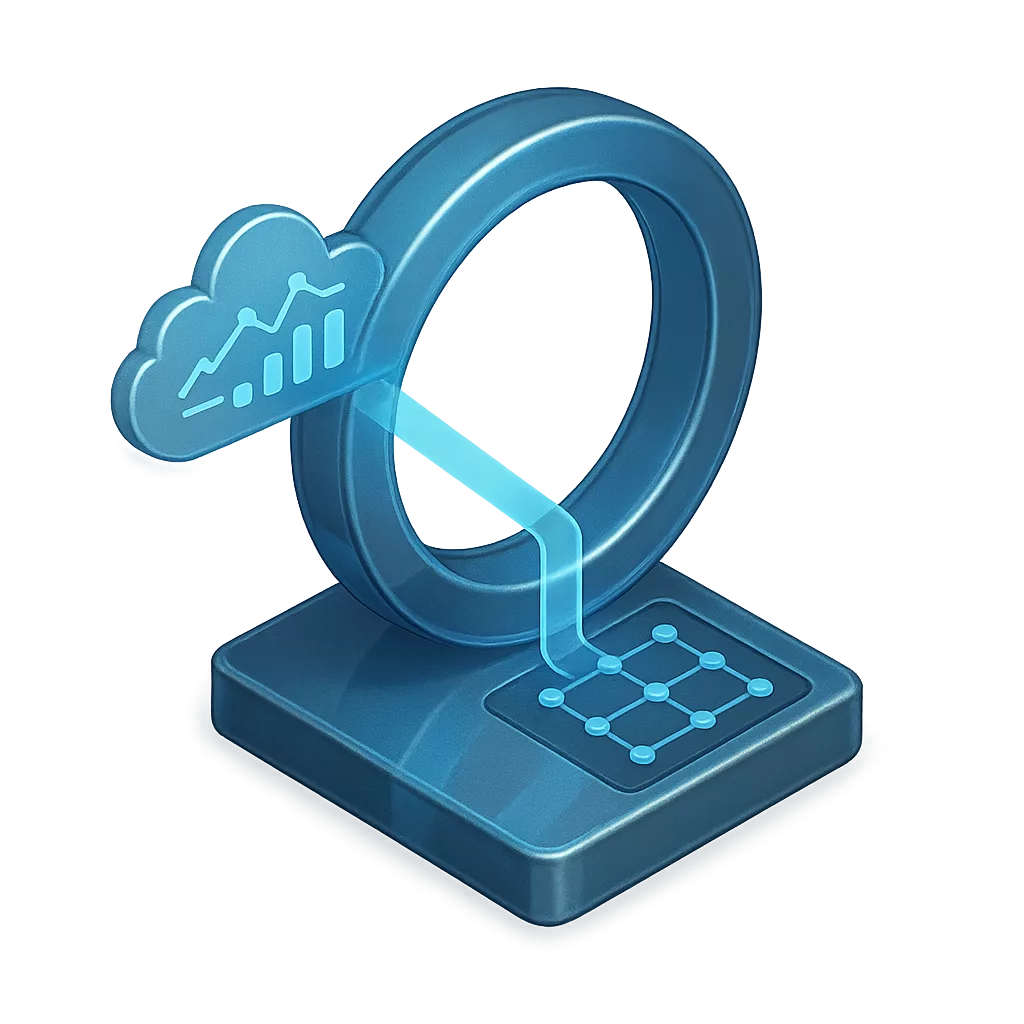Oracles
Oracles
PBG.io’s internal oracle is the component that brings real-world data and onchain signals into the protocol. Its role is to feed the DVP (Decentralized Vault Portfolio) with prices, indexes, and metrics so portfolio valuations reflect current market conditions at all times.
By operating our own oracle, we reduce reliance on third-party services and improve the precision, stability, and consistency of the data the protocol uses.
PBG.io’s internal oracle is the component that brings real-world data and onchain signals into the protocol. Its role is to feed the DVP (Decentralized Vault Portfolio) with prices, indexes, and metrics so portfolio valuations reflect current market conditions at all times.
By operating our own oracle, we reduce reliance on third-party services and improve the precision, stability, and consistency of the data the protocol uses.
What is an Oracle in Blockchain?
An oracle is a system that provides trustworthy data to smart contracts. On networks like Cardano, smart contracts do not have native access to external sources; the oracle acts as a verified bridge, supplying validated data so the protocol can execute with real-world context.
What is an Oracle in Blockchain?
An oracle is a system that provides trustworthy data to smart contracts. On networks like Cardano, smart contracts do not have native access to external sources; the oracle acts as a verified bridge, supplying validated data so the protocol can execute with real-world context.

Why does PBG use an in-house Oracle?
Because the DVP requires accurate and timely information to calculate valuations and run operations smoothly. An in-house oracle enables:
- Consistent data for prices, indexes, and relevant metrics.
- Synchronization with market changes across cryptocurrencies and RWAs (real-world assets).
- Lower third-party dependency, improving system resilience.
- Coherence with the rest of the stack (RA node and machine learning).

Why does PBG use an in-house Oracle?
Because the DVP requires accurate and timely information to calculate valuations and run operations smoothly. An in-house oracle enables:
- Consistent data for prices, indexes, and relevant metrics.
- Synchronization with market changes across cryptocurrencies and RWAs (real-world assets).
- Lower third-party dependency, improving system resilience.
- Coherence with the rest of the stack (RA node and machine learning).
How does it integrate with the protocol?
The Oracle works alongside the RA node (a direct source of onchain signals) and machine learning models (analysis and optimization). This integration ensures the DVP receives up-to-date, reliable inputs, and that resulting operations are recorded onchain within the protocol’s non-custodial design.
Key Features
Onchain and off-chain data
Combines onchain information (network state, transactions, UTxOs) with external market data to provide a complete, actionable view for the DVP.
Real-time updates
Delivers prices, indexes, and metrics with low latency, keeping DVP valuations aligned with current market conditions.
Coherence with RA and machine learning
Ingests signals from the RA node and feeds the machine learning models, improving accuracy and data synchronization across the stack.
Operational transparency
Decisions affecting the DVP are based on traceable inputs; resulting operations remain verifiable onchain inside the protocol.
Key Features
Onchain and off-chain data
Combines onchain information (network state, transactions, UTxOs) with external market data to provide a complete, actionable view for the DVP.
Real-time updates
Delivers prices, indexes, and metrics with low latency, keeping DVP valuations aligned with current market conditions.
Coherence with RA and machine learning
Ingests signals from the RA node and feeds the machine learning models, improving accuracy and data synchronization across the stack.
Operational transparency
Decisions affecting the DVP are based on traceable inputs; resulting operations remain verifiable onchain inside the protocol.
Key Features
Coherence with RA and machine learning
Ingests signals from the RA node and feeds the machine learning models, improving accuracy and data synchronization across the stack.
Onchain and off-chain data
Combines onchain information (network state, transactions, UTxOs) with external market data to provide a complete, actionable view for the DVP.
Operational transparency
Decisions affecting the DVP are based on traceable inputs; resulting operations remain verifiable onchain inside the protocol.
Real-time updates
Delivers prices, indexes, and metrics with low latency, keeping DVP valuations aligned with current market conditions.
Benefits
